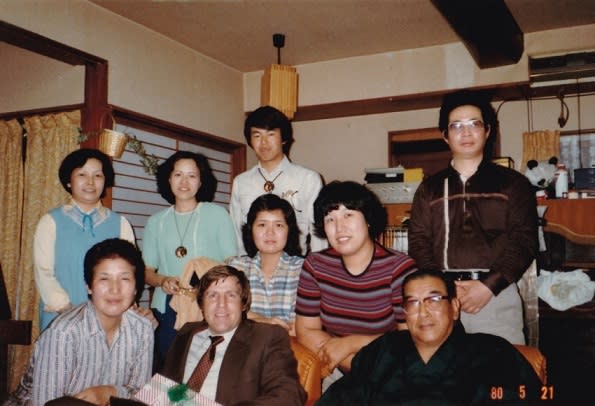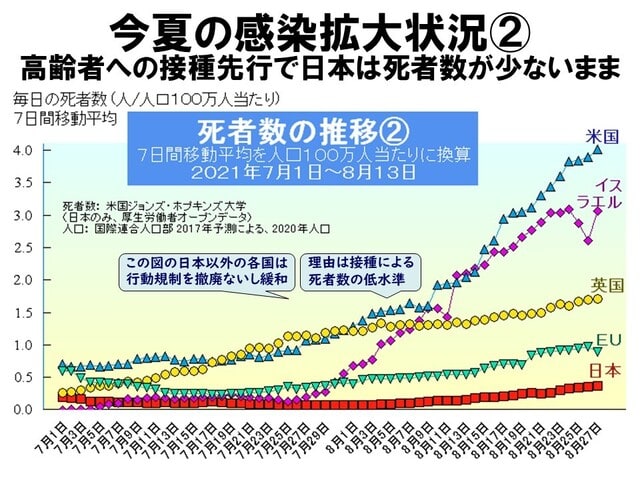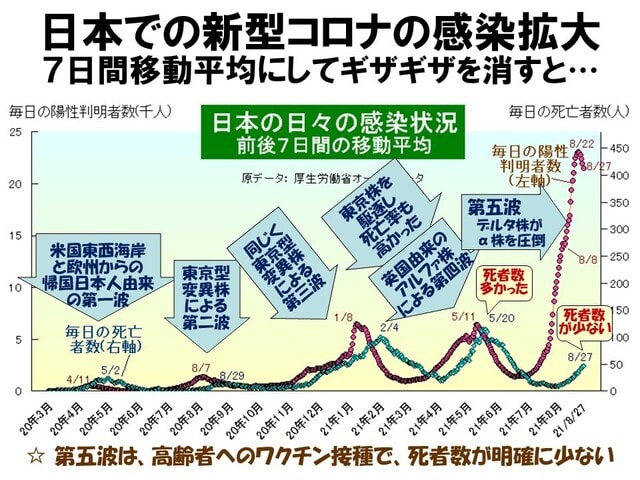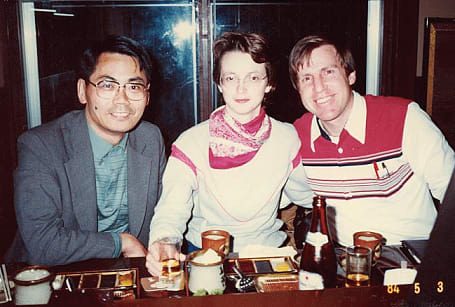1980年にいすゞ自動車の人事部に配属されたRonさんは、言葉の壁がある中、二つ大きな問題を感じました。
その一つは、結論が出ない長すぎる非効率な会議です。
関係する部署(それとあまり関係のない部署)から沢山の人が出席して、延々と会議し、結論が先延ばしになる会議。
Ronさんは、かなりいら立ちを覚えたようです。
コロナウイルス対策としての給付金問題、ロックダウン問題。
緊急課題でも結論まで大変時間がかかっている現状を見ると、今も残る日本の組織の弱点としか言えません。
もう一つが「たばこ」。昔は、会議室の中に靄がかかたようになることもありました。
幸い、これはオリンピックもあり、禁煙、分煙が行き届いてきました。この状態に至るまで40年ですね。
The atmosphere in the personnel department was something new for me. We had our own tennis team that competed in head office and in company-wide tournaments. We went to baseball games together. In the evenings, I would from time to time go out with other members of our group for a drink and dinner. This was all company paid as it came under the heading of building teamwork. In most Japanese companies even today, being able to get along and work as a team member is sometimes more important than your actual job performance. If taken to the extreme, this concept can become a liability for many companies, as they cannot make the difficult decisions as to how to be more efficient, who is needed and who is not needed. Just getting along is not enough.

Gatherings in Isuzu Motors with my family
In those early months in the company, I suffered with language problems again. I didn’t know the financial and managerial terms required in internal business discussions. Also,the offices and meeting rooms were filled with heavy smokers that left me with a headache at the end of each day.
The meetings were twice as long as I thought they could have been and with three to four times more people than was necessary. Decisions were slow in coming and not made without a lot of research. One troublesome area about decisions by committee is that with the continual interaction of a large number of people no one will be finally responsible. Even top management would rubber-stamp what these committees decide and not even know what they are approving. Even if they did, they would not be able to stand up and strongly support the committees’ position.
I would listen to rambling and rambling on subjects of which no one had the required information to make a decision. So, the talking just kept going. Rarely did a meeting end on time. A one-hour meeting could very easily go for three hours. Also, there were people in the room saying nothing and doing nothing. No note taking, nothing. Some, believe it or not, some attendees were sleeping in the meetings. Although, improvements have been made, that characteristic about Isuzu was there even when I left. It unfortunately is a very common problem in many large Japanese companies but to a lesser degree today. The good side is a lot of information comes out. The bad side is that with management by committee no one will take responsibility for the decision and stand behind it.
It was becoming clearer that my goals and dreams for life would start to material greatly working in Isuzu Motors through their international activities. I still had to find out exactly what role I would play in that regard. That started to be answered in the years that followed.
その一つは、結論が出ない長すぎる非効率な会議です。
関係する部署(それとあまり関係のない部署)から沢山の人が出席して、延々と会議し、結論が先延ばしになる会議。
Ronさんは、かなりいら立ちを覚えたようです。
コロナウイルス対策としての給付金問題、ロックダウン問題。
緊急課題でも結論まで大変時間がかかっている現状を見ると、今も残る日本の組織の弱点としか言えません。
もう一つが「たばこ」。昔は、会議室の中に靄がかかたようになることもありました。
幸い、これはオリンピックもあり、禁煙、分煙が行き届いてきました。この状態に至るまで40年ですね。
The atmosphere in the personnel department was something new for me. We had our own tennis team that competed in head office and in company-wide tournaments. We went to baseball games together. In the evenings, I would from time to time go out with other members of our group for a drink and dinner. This was all company paid as it came under the heading of building teamwork. In most Japanese companies even today, being able to get along and work as a team member is sometimes more important than your actual job performance. If taken to the extreme, this concept can become a liability for many companies, as they cannot make the difficult decisions as to how to be more efficient, who is needed and who is not needed. Just getting along is not enough.

Gatherings in Isuzu Motors with my family
In those early months in the company, I suffered with language problems again. I didn’t know the financial and managerial terms required in internal business discussions. Also,the offices and meeting rooms were filled with heavy smokers that left me with a headache at the end of each day.
The meetings were twice as long as I thought they could have been and with three to four times more people than was necessary. Decisions were slow in coming and not made without a lot of research. One troublesome area about decisions by committee is that with the continual interaction of a large number of people no one will be finally responsible. Even top management would rubber-stamp what these committees decide and not even know what they are approving. Even if they did, they would not be able to stand up and strongly support the committees’ position.
I would listen to rambling and rambling on subjects of which no one had the required information to make a decision. So, the talking just kept going. Rarely did a meeting end on time. A one-hour meeting could very easily go for three hours. Also, there were people in the room saying nothing and doing nothing. No note taking, nothing. Some, believe it or not, some attendees were sleeping in the meetings. Although, improvements have been made, that characteristic about Isuzu was there even when I left. It unfortunately is a very common problem in many large Japanese companies but to a lesser degree today. The good side is a lot of information comes out. The bad side is that with management by committee no one will take responsibility for the decision and stand behind it.
It was becoming clearer that my goals and dreams for life would start to material greatly working in Isuzu Motors through their international activities. I still had to find out exactly what role I would play in that regard. That started to be answered in the years that followed.

























